In 2004, transgender and intersex athletes were accepted into the Olympics— but not without public opposition and regulations. In 2015, The IOC (International Olympic Committee) and IAAF (International Association of Athletics Federations) set the following regulations for female Olympic athletes (Gleaves & Lehrbach 2016):
1. Legal documents of their female gender that cannot be changed for four years.
2. Testosterone levels below 10 nmol/L 12 months before competing.
3. Continuous testing.
If the athletes refuse to comply, a 12-month suspension from female competition will be implemented. Yet athletes who transitioned from female to male can compete without any regulations. Why are these female athletes discriminated against for their natural bodies?
Who has been affected?
The regulations are specifically aimed at intersex and transgender athletes. Intersex individuals are born with sex characteristics (physical, genetic, or hormonal features) that are not biologically male or female. These athletes are targeted because it is thought that their biological make-up gives them advantages in competitions over other females (Bianchi 2017).
However, there is no scientific evidence proving any additional physical benefits for these athletes (Bianchi 2017). Despite this, transgender and intersex athletes face strict regulations against their naturally high testosterone levels that exceed the maximum amount stated by IOC and IAAF policy. Athletes affected by the Olympic ruling are:
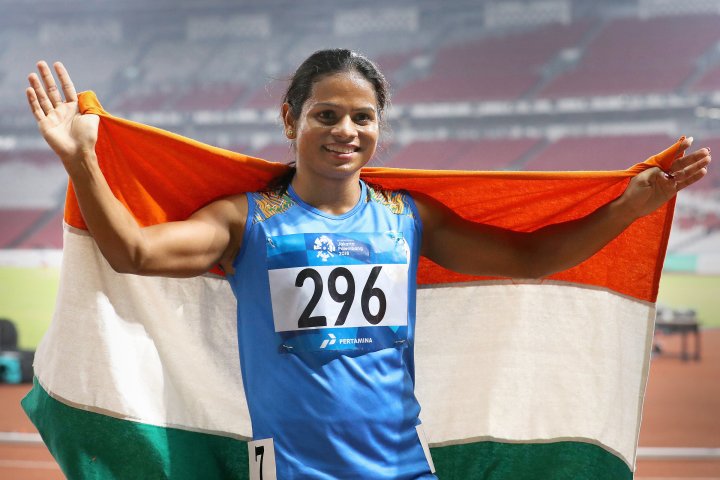
Dutee Chand: The Indian Olympic sprinter was suspended in 2015 from Olympic competition for two years. She took the case to CAS (Court of Arbitration for Sport) and won competitive abilities for the 100m and 200m events.
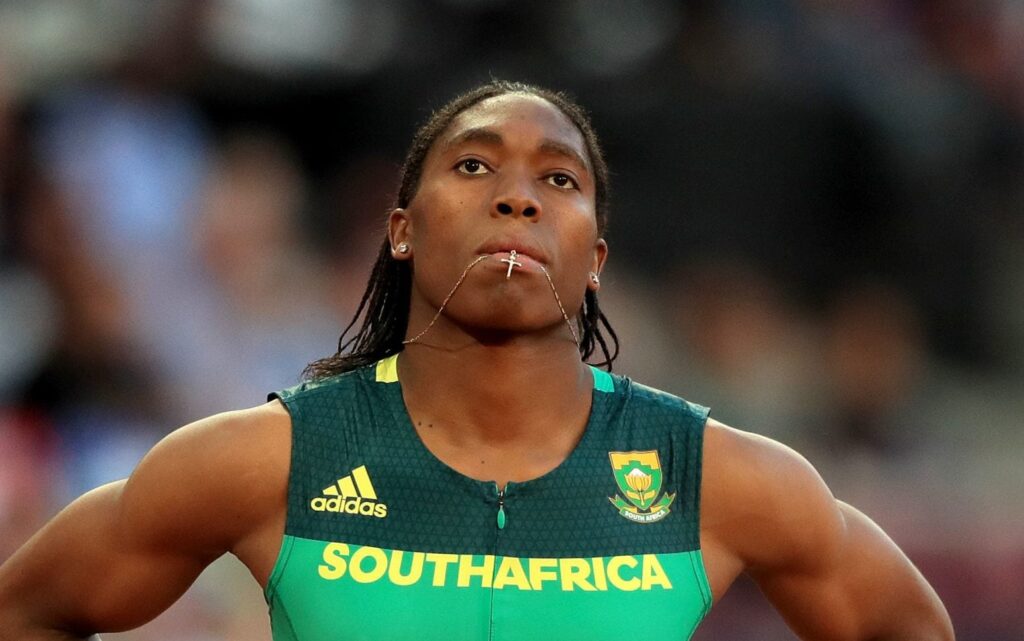
Caster Semenya: The South African intersex runner is still refused participation in Olympic events. She took the case to CAS and the Switzerland Federal Supreme court for justice against the regulations, yet was denied twice. If she wants to compete, she must undergo medical treatment or surgery.

Annet Negesa: The Uganda intersex runner was eliminated from the London 2012 Olympics and told by IAAF officials to undergo a small procedure to ensure her ability to compete in the games. When Negesa woke up from surgery, she realized her sexual organs had been nonconsensual removed. She lost her university scholarship and connection with her race manager, the weakness from the surgery leaving her incapable to compete for seven years.
What happens next?
There seems to be hope on the horizon as the Tokyo 2020 Olympics this upcoming summer may three potential transgender athletes compete. The first ever transgender athletes to compete in the Olympics:
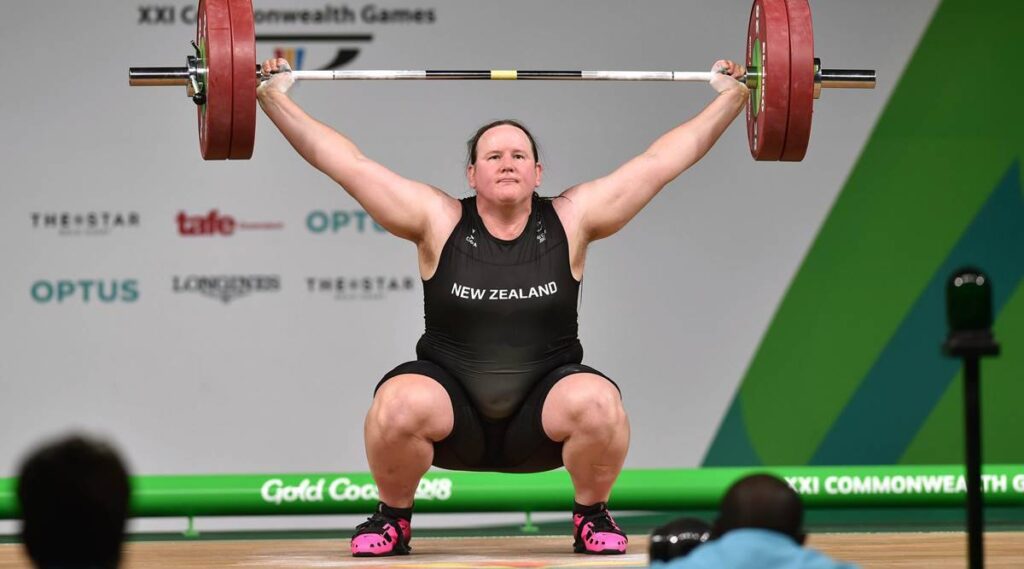
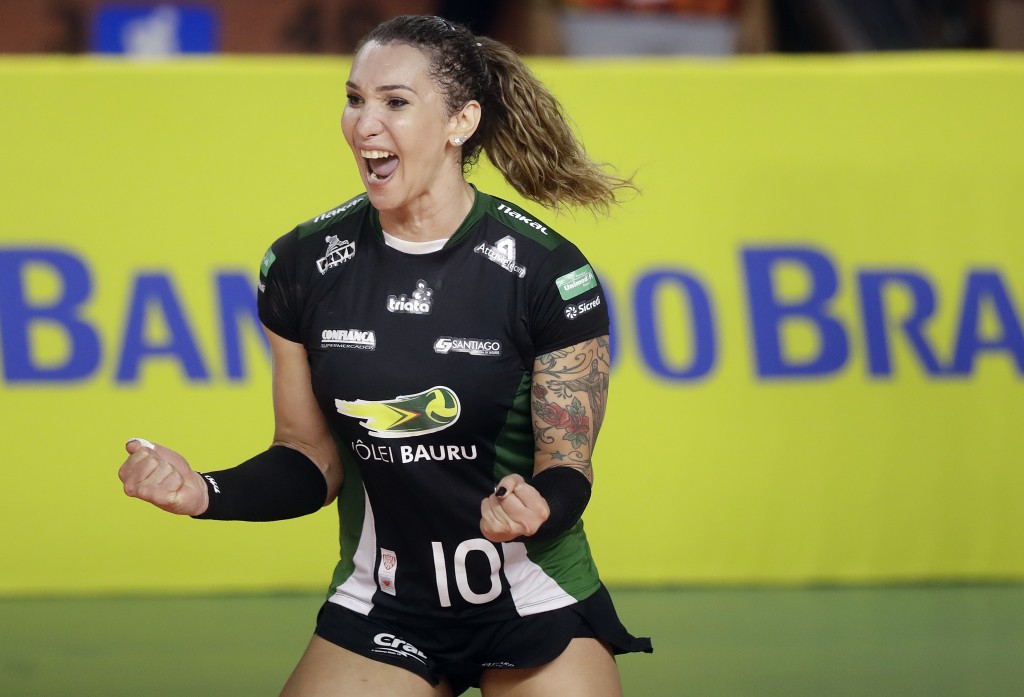
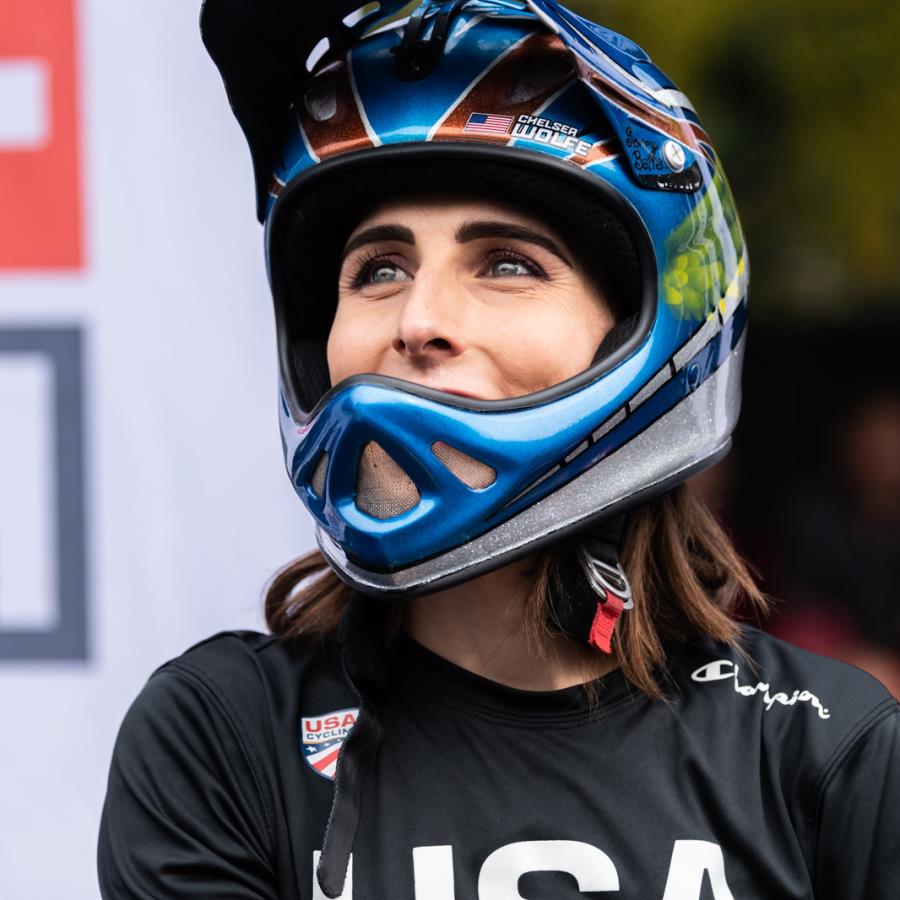
The IOC was supposed discuss new policies regarding transgender athletes for the 2020 Olympics, yet their decision was delayed due to an inability to come to a consensus. One side believes the benefits of high testosterone continue after a year of reduced levels while the other argues that there is significant decline in athlete’s performances due to lack of testosterone.
Transgender and intersex female athletes are medically and socially recognized as being female, yet Olympics regulations marginalize and discriminate against these athletes, hindering their ability to participate in their sports (Gleaves & Lehrbach 2016). The new regulations are hoped to be released after the Tokyo Olympics this summer, in which the decision should be obvious: take out the IOC and IAAF regulations for testosterone and allow everyone the chance to compete.
Sources:
John Gleaves & Tim Lehrbach (2016) Beyond fairness: the ethics of inclusion for transgender and intersex athletes, Journal of the Philosophy of Sport, 43:2, 311-326, DOI: 10.1080/00948705.2016.1157485
Andria Bianchi (2017) Transgender women in sport, Journal of the Philosophy of Sport, 44:2, 229-242, DOI: 10.1080/00948705.2017.1317602